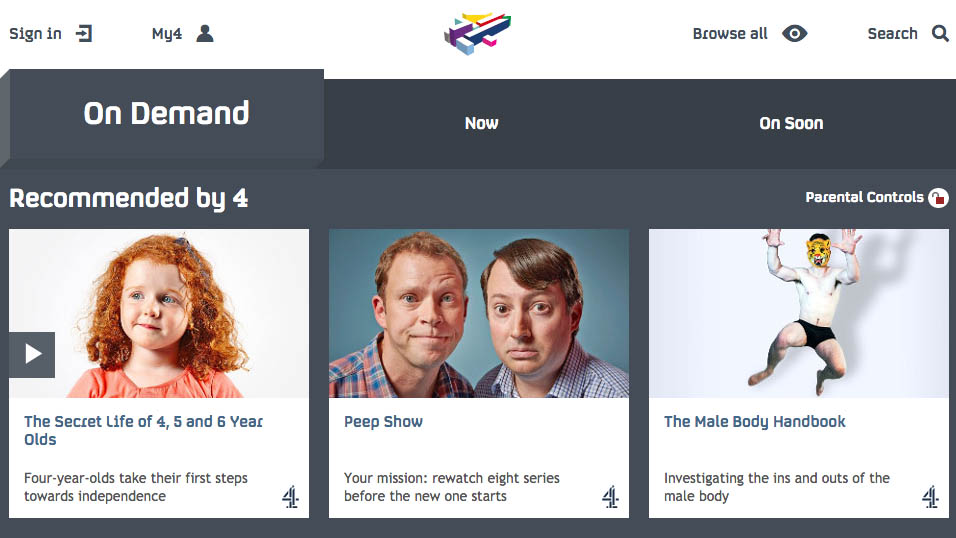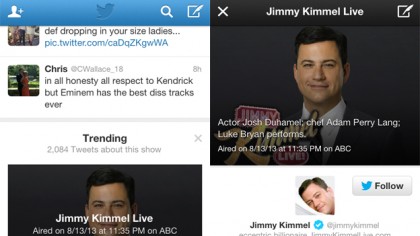Why the future of TV isn't 'on demand' or 'live' but a bit of both
TV experts talk the future of the medium

The future of television is always a debate that divides opinion. It seems like everyday Netflix is in the news announcing that conventional ways to watch television are dead, while on-demand and online is where it's at. But this is only half the story.
"Netflix has done a wonderful marketing job but you have to remember that Reed Hastings is trying to sell something. He has a desperate need to sell Netflix," explains Lindsey Clay CEO of Thinkbox, speaking at OMD UK's Innovation Week.
"Yes, Netflix has taken a significant hold in the US but there's a reason: cable over there is pushed at a high price and US TV has a bad advertising environment. It is a completely different environment than what is found in the UK. Here, linear will always be the spine of any advertising campaign as it is loved by users. There are reams of studies that prove its effectiveness."

You would expect that YouTube would be on the side of Netflix when it comes to on demand, but David Benson, Director of YouTube in Northern and Central Europe, thinks that it isn't about on-demand versus linear but a mixture of both.
"There is a big role for linear TV. I consume what I want to consume when I want to. That means I consume online TV, linear TV, I stream Netflix... all consumers want is to watch what they want to watch and find what they want to watch.
"The key here is that there is a bright future for television, with amazing content that you can view in so many ways. If you miss something you can go to the back-up services and watch it. Linear is an interesting conundrum that I don't think we need to solve."
The future of TV, then, may not be on demand or linear but a mixture of both - this is something that Channel 4 is already seeing with its key programmes.
Sign up for breaking news, reviews, opinion, top tech deals, and more.
"Gogglebox has an audience on 4 million on a Friday when it's broadcast but that will consolidate at 5.5 million because of on demand and PVR watching," says Jonathan Lewis, digital partnerships and innovation head at Channel 4.
"As broadcasters we have to adapt to how people want to view our programmes but linear TV is not dead."
One thing that does push people to watch live TV is Twitter and Facebook. Both social networks are keen to tap into the wave of comments and chatter that happens anytime something like the X Factor or The Walking Dead is on - and it is something that broadcasters are keen to capitalise on as well, even if it isn't perfect.

"We obviously utilise social media to engage with our audiences but I don't think we have really cracked it," says Channel 4's Jonathan Lewis.
"Understanding the relationship between ourselves and Twitter and how we can potentially partner has been quite difficult. We have had lots of conversations but they never really seem to come to much as we end up with cross purposes."
Thinkbox's Lindsey Clay believes that social and TV are a great match. "There is a really natural alignment between TV and social media. You can see it with people watching TV, they love to talk about it on social media, it is a very natural place," Clay explains.
"I once heard someone describe people on social media as a bit like channels and channels need content. TV plays a big role in this, offering up moments to talk about and share.
"If all of your friends are talking about Made In Chelsea, then you get a bit of FOMO [fear of missing out] and want to watch it as well."
OMD UK's Innovation Week is on until Friday 6 November and features talks from Google, Microsoft and others.

Marc Chacksfield is the Editor In Chief, Shortlist.com at DC Thomson. He started out life as a movie writer for numerous (now defunct) magazines and soon found himself online - editing a gaggle of gadget sites, including TechRadar, Digital Camera World and Tom's Guide UK. At Shortlist you'll find him mostly writing about movies and tech, so no change there then.